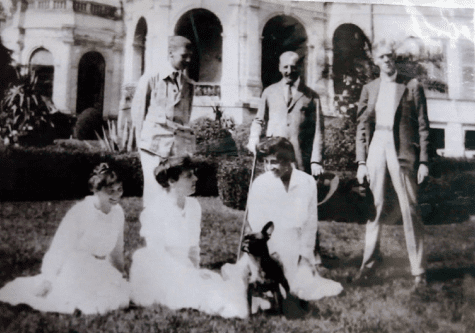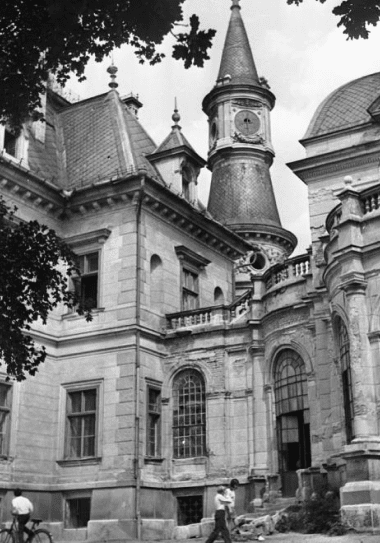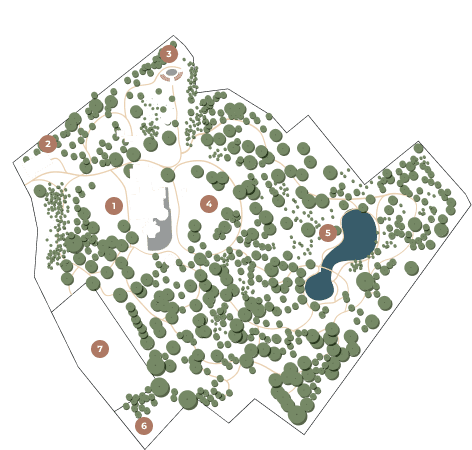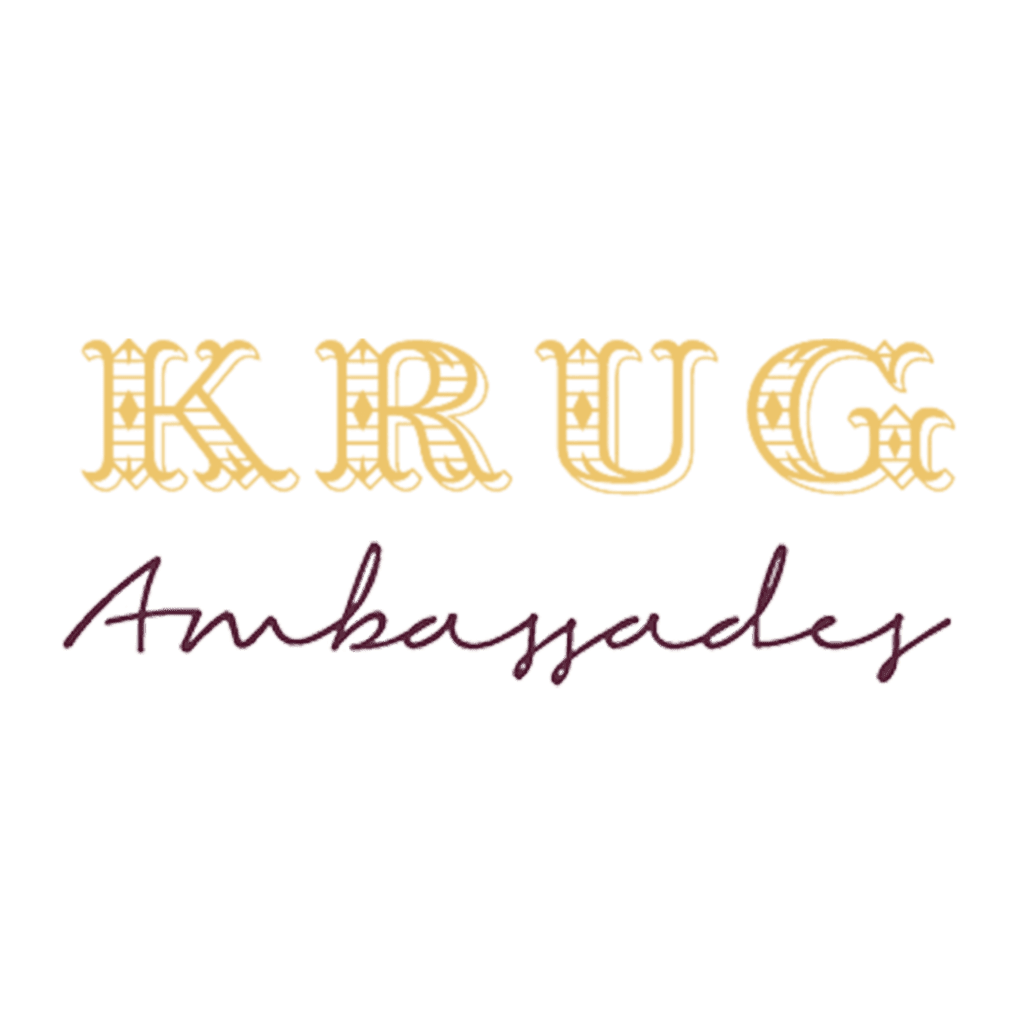History
History
It is not only the Neo-Renaissance and Neo-Baroque elements that make the fairytale castle enchanting, but also the love story that can be felt in every corner of the building. It is namely Baron Sigmund Schossberger, a magnate and wholesaler of crops, who had the castle built for his wife, Therese Mayer von Gunthof.


The Schossberger family
The father of Sigmund Schossberger, Simon Vilmos Schossberger was considered one of the founders of modern Hungarian trade even in his own time – he was the first man of Israelite religion who got a noble title even if he hadn’t left his religious community.
In 1890 Sigmund was bestowed the baronial title by King Franz Joseph. Following the footsteps of his father, he played an important role in the economic life of Hungary as the committee member of the Budapest Academy of Commerce as well as the member of the board of numerous industrial and financial companies.



The birth of the Castle
The baron had purchased the land, located in the town of Tura, Pest County, from the Esterházy family in 1869, and he had had his visionary castle built there by 1883.
Baron Sigmund may have drawn inspiration from the Halton House castle owned by the Rothschild family, who were at the top of international financial life, still, the building was long referred to as the “little brother of the Opera House” among people. This could be explained by the fact that the interior decorative paintings were made by Róbert Scholtz in both buildings, moreover, the architect of the castle has been considered to be Miklós Ybl until recently. An article which was published in the Sunday Gazette in 1885 however says, that the architect of the castle was in fact Gyula Bukovics, the talented student of Ybl.
All the architectural achievements of the time can be discovered in the castle. Beside the up-to-date central heating system, there was electricity and a dumbwaiter, as well. There was a bathroom on every floor, with fresh water coming from an artesian well. It was achieved with the help of fanlight windows found on the upper floor and mirrors placed with fine engineering that the spectacular entrance hall on the ground floor could get natural light even without windows.
The high-quality construction was of primary importance in the case of the interior of the building as well as outside the building, considering that the plants in the spectacular park of the castle were watered with a rainwater irrigation system partly. The gardeners created a park in the immediate surroundings of the castle in European style, which was typical of the period. Farther away the landscape characteristics were highlighted. Part of the original park was separated from the castle in the middle of the last century, and a football field was built on it.




Urbán Tamás, Fortepan
The fate of the Castle



Urbán Tamás, Fortepan
The family used the castle for more than half a century, first as a summer house, then as their permanent home. Following the death of Sigmund’s son, Baron Viktor the Elder in 1938, the emblematic building was inherited by his two children. One of the heirs, Clarisse moved to England with her husband in 1924, the other, Baron Viktor the Younger passed away while he was on labour service during World War II.
Unfortunately, the stormy years of history did not save the abandoned castle: first the German, then the Russian soldiers moved here. After nationalisation the building was used as a primary school until 1973, following which it passed into private hands. The castle had more owners in the period that followed.
By the 2000s the roofing of the undeservedly forgotten castle had completely deteriorated, the main front was fenced off due to danger of collapse, and the coat of arms above the entrance was protected from falling down with a wire panel. Spectacular renovation was made in 2011, when the clock tower and the roofing of the palm house, one of the most imposing parts of the castle were renewed.
The story of the troubled castle became positive in 2016, when its complete renovation started. The renovation was made in accordance with the requirements on historic buildings, and it involved the reinforcement and restoration of the roofing, the replacement of floors, doors and windows as well as the restoration of external and interior walls. 12 restorer specialists were working on the project with their utmost efforts to restore stone elements, gypsum stuccos, wall paintings and wooden building elements.
The family used the castle for more than half a century, first as a summer house, then as their permanent home. Following the death of Sigmund’s son, Baron Viktor the Elder in 1938, the emblematic building was inherited by his two children. One of the heirs, Clarisse moved to England with her husband in 1924, the other, Baron Viktor the Younger passed away while he was on labour service during World War II.
Unfortunately, the stormy years of history did not save the abandoned castle: first the German, then the Russian soldiers moved here. After nationalisation the building was used as a primary school until 1973, following which it passed into private hands. The castle had more owners in the period that followed.
By the 2000s the roofing of the undeservedly forgotten castle had completely deteriorated, the main front was fenced off due to danger of collapse, and the coat of arms above the entrance was protected from falling down with a wire panel. Spectacular renovation was made in 2011, when the clock tower and the roofing of the palm house, one of the most imposing parts of the castle were renewed.
The story of the troubled castle became positive in 2016, when its complete renovation started. The renovation was made in accordance with the requirements on historic buildings, and it involved the reinforcement and restoration of the roofing, the replacement of floors, doors and windows as well as the restoration of external and interior walls. 12 restorer specialists were working on the project with their utmost efforts to restore stone elements, gypsum stuccos, wall paintings and wooden building elements.
The castle and family history research was carried out by Anett Kiszely Tóth (historian and cultural heritage specialist), and the history of the castle park was revealed by Pagony Landscape Architecture Office.
Visiting the Garden
1. Castle Building
2. Guardhouse
3. Outdoor Stage
4. Outdoor Event Space
5. Castle Lake
6. Parking Lot
7. Agritourism




